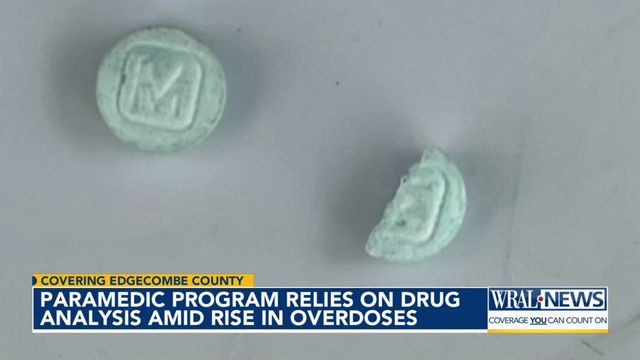Edgecombe County testing 'substance' found on dollar bill after overdoses double in 2 weeks
Two eastern North Carolina counties are investigating after an uptick in overdoses and several deaths.
Goldsboro police are still investigating five deaths in 10 days potentially linked to drug use.
Meanwhile, Edgecombe County has doubled the number of overdoses it usually has in two weeks in April.
In April, Edgecombe County had 16 overdoses in two weeks.
Dalton Barrett, the Edgecombe Community Paramedic Program manager, said that is nearly double the average rate.
"When we see a big increase in those numbers, usually we look regionally to see if there's another county or municipality that is seeing those increases as well," he said.
Barrett is working to connect the deaths in Goldsboro with the uptick in overdoses in Edgecombe County by working with UNC's Opioid Data Lab to test a substance thought to be connected.
Barrett said he sent a small sample of the substance uncovered on a dollar bill believed to have been used to snort it.
The dollar bill did not uncover any substance, possibly because of a lack of volume.
Paramedics describe the substance as a white or gray powder or rock distributed in a zip-lock bag with no markings.
Barrett said continued testing will help inform the state's eastern portion of what substances are circulating.
"We hope there's something we can kind of put our finger on to have a way to say exactly what the change was. Was it a different substance entirely? Was it a more powerful opioid?"
Barrett relies on people actively using drugs to provide samples for testing. He said it helps better inform care based on what the substances are.
"What may be here next week, may be gone next month, or it could be here to stay. It's really hard to say what the future will look like. But we want to be prepared," Barrett said.
Savannah Junkins at Carolina Family Health Center said the test data helps inform how she will treat her patients.
"When we can identify these substances and link them to known events, it becomes more realistic for patients to understand that this particular substance leads to this consequence," she said.
Junkins said her patients are often grateful for the information they receive.











